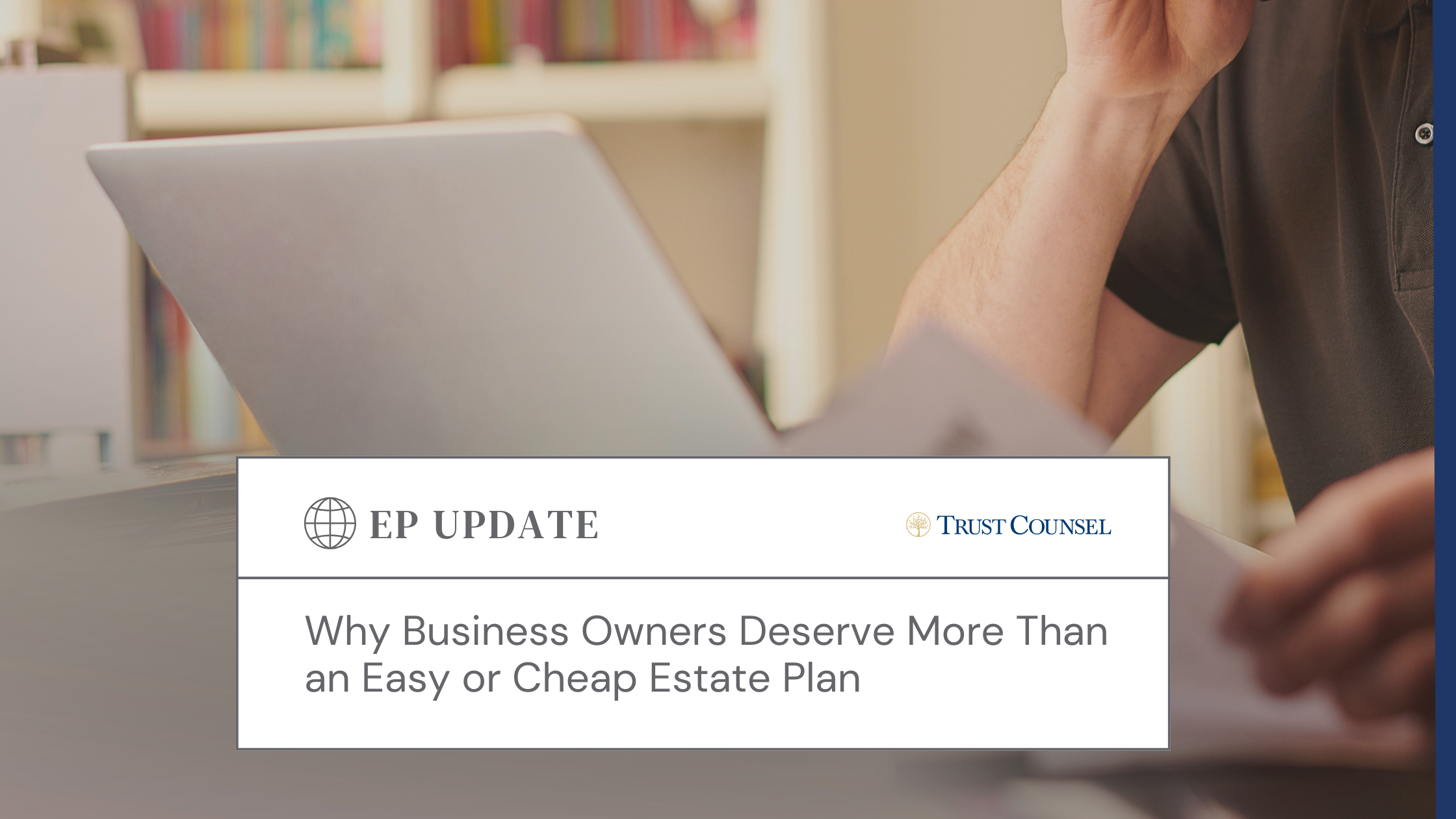 Bankruptcy. It’s the bad word every business owner is working hard to avoid.
Bankruptcy. It’s the bad word every business owner is working hard to avoid.
And, yes, it’s also a tool given to entrepreneurs as an encouragement to take risk and be able to have a fresh start when things do not go as planned.
It’s a thought that may have crossed your mind on either a business or personal level. Perhaps striking a chord of dread in your heart.
You wouldn’t be alone. In 2013 there were 1,032,326 bankruptcies filed nationally and in the past several years that number has ranged pretty steadily from 1 to 1.5 million a year.
There are alternatives to bank ruptcy, which we will cover in a future article. For today though, let’s talk about the reality of what happens if you do have to file bankruptcy.
ruptcy, which we will cover in a future article. For today though, let’s talk about the reality of what happens if you do have to file bankruptcy.
Here’s a quick overview of what you need to know about the process today.
First of all you should realize that bankruptcy has been around since the beginning of the country. It was instilled into U.S. law as a way to start afresh as there is no debtor’s prison. There is certainly less of a stigma attached to it now.
The reasons individuals and businesses get in over their head are all around us.
Since 2009 there has been significant job loss because of the economy, which has had a domino effect on credit card usage. Add to that the high cost of medical expense for those with little or no health insurance. Add to that the consequences of divorce, which is on the rise.
Out of control consumption, medical expenses and divorce have led to a negative spillover in the business world. The business and retailing world has also been affected by other changes such as new technology, which has eliminated jobs. Downloading music, streaming movies and digital e-books have led to the closure and bankruptcies of music stores, video stores and bookstores.
Sometimes, it’s simply unavoidable. The good news is, it’s not that bad.
The procedure and law are somewhat different depending on which kind of bankruptcy you choose to file.
Let’s start with personal bankruptcies, which can either occur through a Chapter 7 or a Chapter 13.
A Chapter 7 is the prime way an individual can relieve himself or herself of debt. Most individuals have built up enormous credit card and medical debts. They may also have other debts such as individual loans, etc.
In order to file a Chapter 7, an attorney helps you fill out a near 100-page petition with all of your assets and debt information. Once it is filed you will be scheduled to go before a trustee at a ‘creditor’s meeting’ for an oral examination under oath. If there are no complications and you meet the “means” test, meaning you don’t have disposable income left to pay your debts, your debts are fully discharged. (Some debts are not dischargeable such as child support, student loans and taxes).
If you have some disposable income and don’t meet the means test, a trustee may put you on a payment plan so your creditors get something towards your debts. This is where a Chapter 13 bankruptcy comes in. The Trustee creates a plan after filing wherein you pay your creditors over a three to five year period.
If you have a corporation, a partnership or are a sole proprietorship you may be eligible for a Chapter 11, which also involves a payment plan over a period of years. A judge or trustee also oversees creditor’s meetings. During the meetings the judge or trustee examines you under oath about your finances and cash flow and a payment/re-organization plan is set up.
You should understand remember that bankruptcy is a complicated and document intensive process. You are required to disclose everything that is relevant to your finances in order for the trustee, creditors and judge to be satisfied with the reorganization and/or payment plans. It is usually not an area to navigate on your own.
If you have found that you are getting close to a time when your debts are becoming unmanageable, contact us before you stop paying on your debts. There are many steps that can be taken short of bankruptcy to get your business back on track. We may be able to help.





